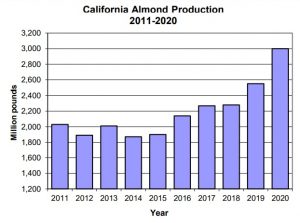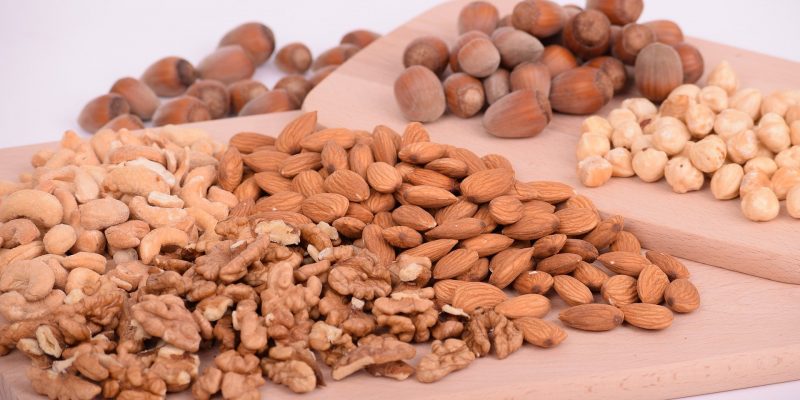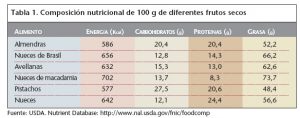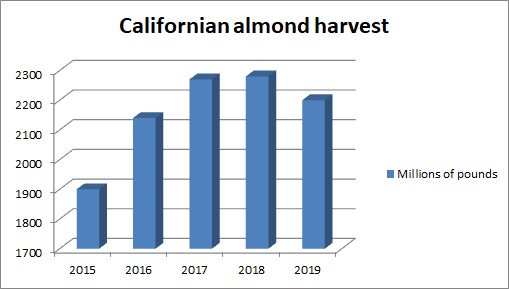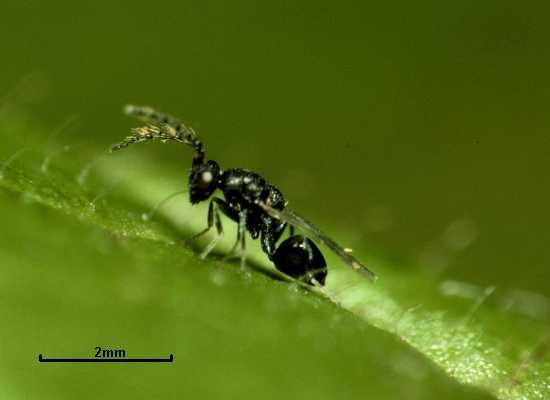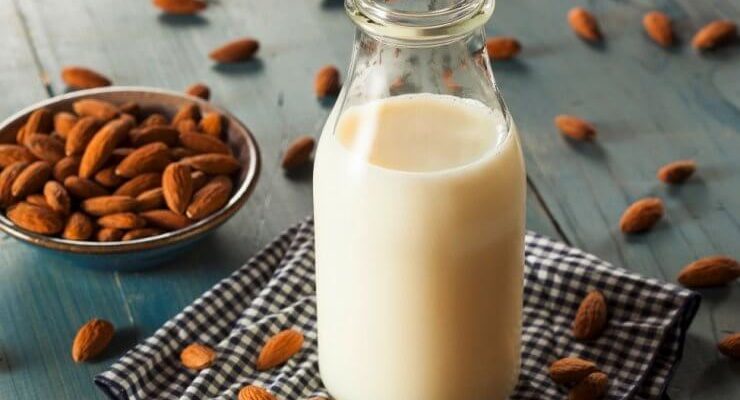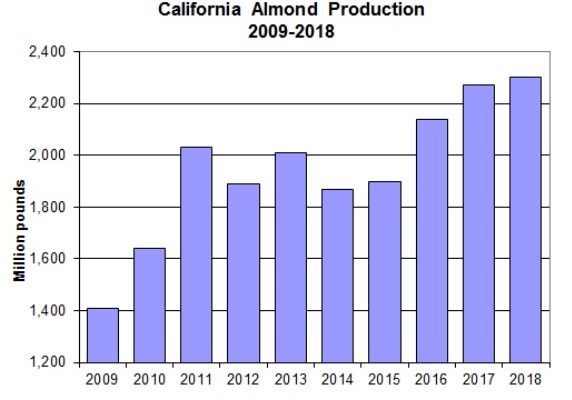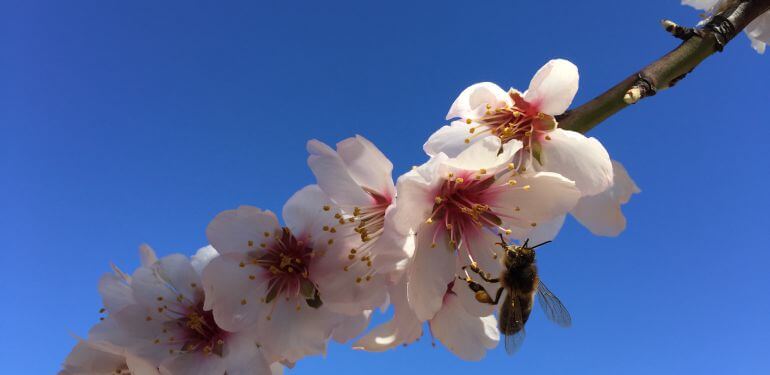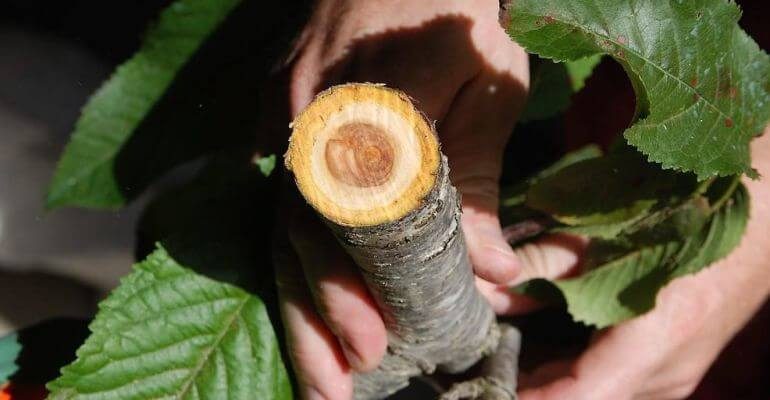Today we want to talk about a product that has many benefits and for many people it may still be unknown, it is almond oil.
First of all, we must know where the almond oil comes from. As its name suggests, we obtain this oil from sweet almonds, it can be obtained through three different processes: Supercritical fluids, solvents and by cold pressing.
Cold pressing process is the most used process to obtain virgin almond oil, it is a natural system that allows to preserve all the nutrients of the almond, thus achieving a quality product.
Once the almond is processed, that is to say, when it is shelled, it is crushed into a kind of flour, later subject this flour to a cold pressing process to defat it and obtain thus the precious almond oil.

This type of oil can be conventional and organic or bio almond oil, without chemical treatments.
This oil has a pale yellow color, with a natural smell and a certain viscous texture.
Once we know where it comes from and how it is obtained, we will describe the properties and uses of this product.
Almond oil is characterized by being rich in nutrients. It is a powerful antioxidant, rich in unsaturated fatty acids, with a high content of iron, zinc, calcium, proteins, vitamins A, B and E
This oil can be used for hair and body.
It has several benefits for the skin, highlighting its hydration power, which helps us to keep the skin in good condition, hydrated and nourished, to which the fact of being emollient also favors since it manages to soften, soften the skin and also prevent wrinkles and stretch marks.
It also has anti-inflammatory properties which makes it suitable for irritated skin or that has suffered some type of abrasion. Its use is also advisable for babies, especially for the treatment of scabs.
Its use on the scalp goes beyond hydration, almond oil has been shown to help fight dandruff, so its presence in anti-dandruff treatments is very important.
It is also very frequently used in body massages since its texture makes it very easy to adapt to the body.
For all this, we can say that we are facing an excellent product, which both due to its characteristics and its properties, is very beneficial for our body, in addition, if it is organic virgin almond oil, many of the properties are multiplied.


